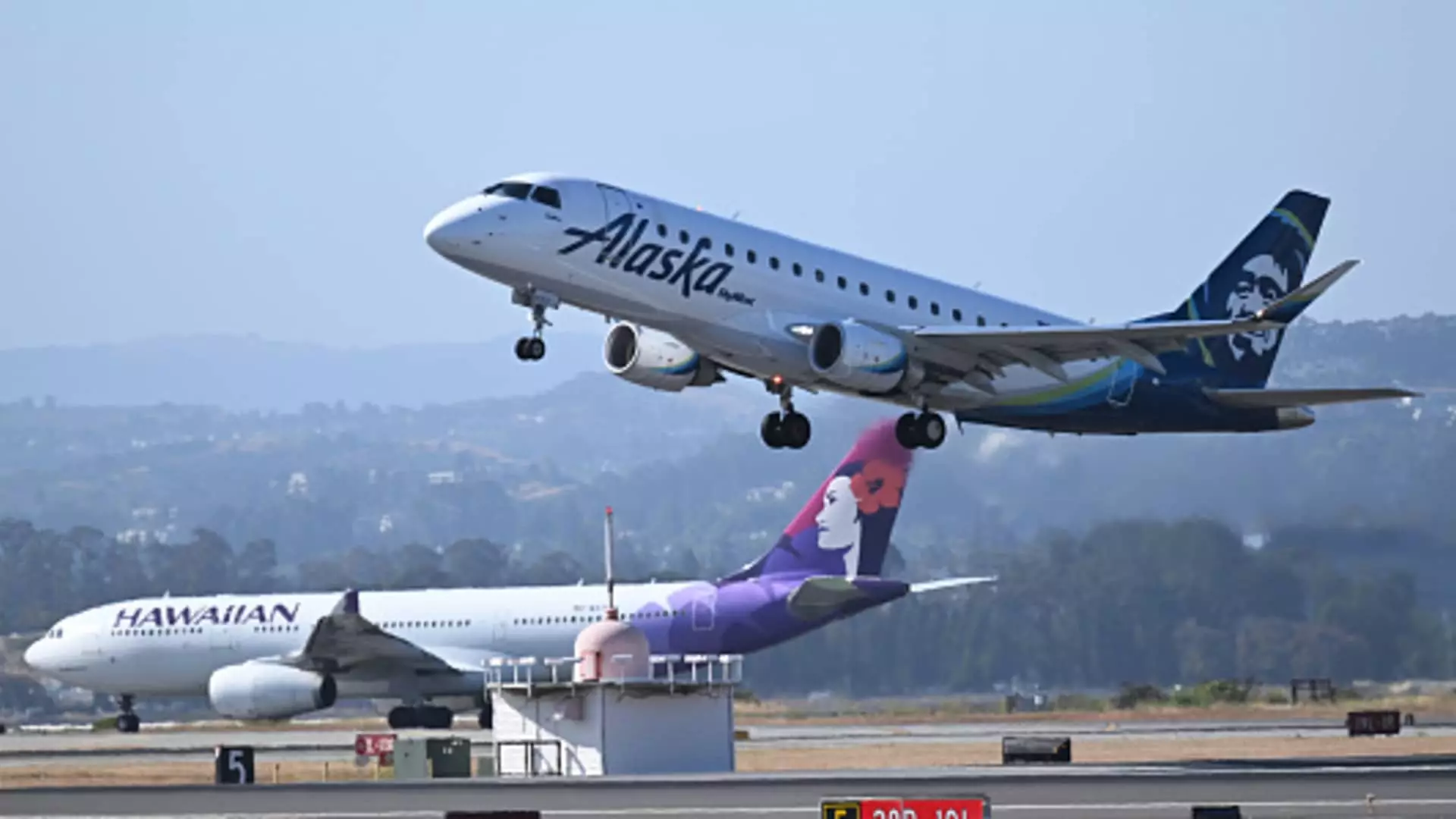Alaska Airlines has successfully navigated through a crucial phase in its acquisition of Hawaiian Airlines. The U.S. Justice Department has given the green light for the merger to proceed, marking a significant milestone in the $1.9 billion deal between the two carriers. This development comes after months of anticipation and scrutiny, with the airlines now awaiting approval from the U.S. Transportation Department before the deal can be finalized.
Leading up to the merger announcement last December, Hawaiian Airlines had encountered numerous obstacles. From dealing with the aftermath of Maui wildfires to facing stiff competition from Southwest Airlines, the airline’s journey has been far from smooth. The slower recovery of travel to and from Asia following the Covid-19 pandemic also posed challenges for Hawaiian Airlines, resulting in net losses in most quarters since early 2020.
Despite the challenges faced by Hawaiian Airlines, there are signs of hope on the horizon. Executives have noted improvements in booking trends, indicating a potential turnaround in the airline’s fortunes. This positive momentum is reflected in the nearly 12% increase in Hawaiian’s shares this quarter, contrasting with the decline seen in shares of other airlines. The upcoming merger with Alaska Airlines presents an opportunity for Hawaiian to leverage its strengths and drive growth in a post-pandemic travel landscape.
The merger between Alaska Airlines and Hawaiian Airlines aims to create a dominant force in the U.S. aviation industry. With a combined fleet of over 360 airplanes covering more than 130 destinations, the airlines have outlined plans to retain each carrier’s brand while operating under a unified platform. This strategic approach not only expands the airlines’ reach but also enhances their competitiveness in an evolving market environment.
The regulatory approval by the U.S. Justice Department marks a significant step forward for Alaska Airlines and Hawaiian Airlines. Despite the challenges faced by Hawaiian in recent years, there are positive indicators pointing towards a brighter future post-merger. By combining their strengths and resources, the two airlines are poised to unlock new opportunities and drive growth in the competitive aviation landscape.

Leave a Reply